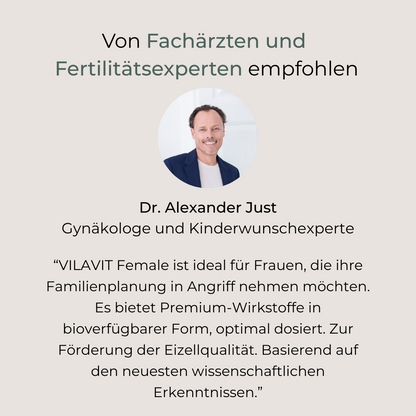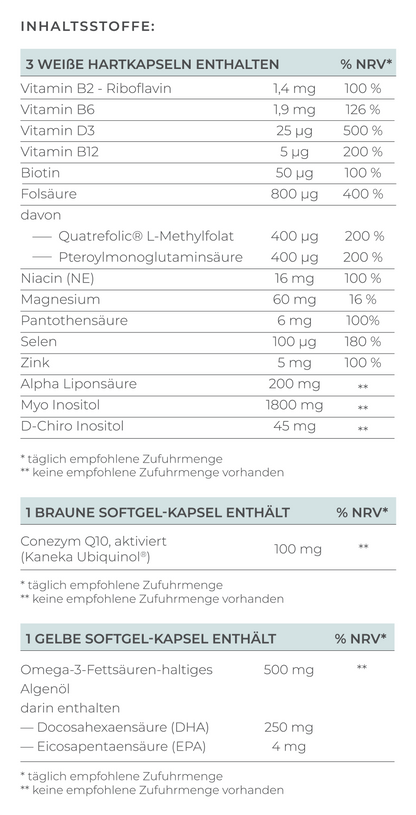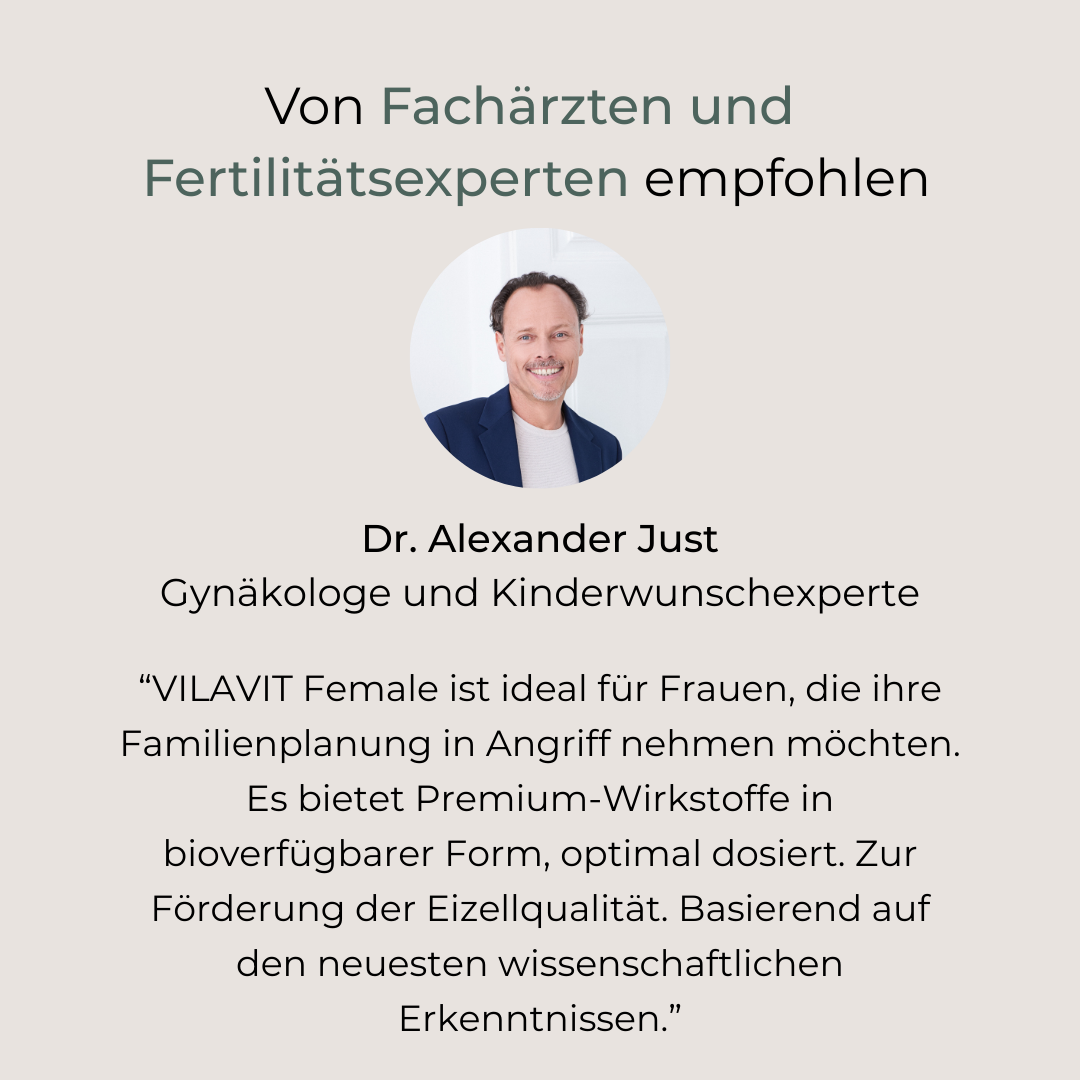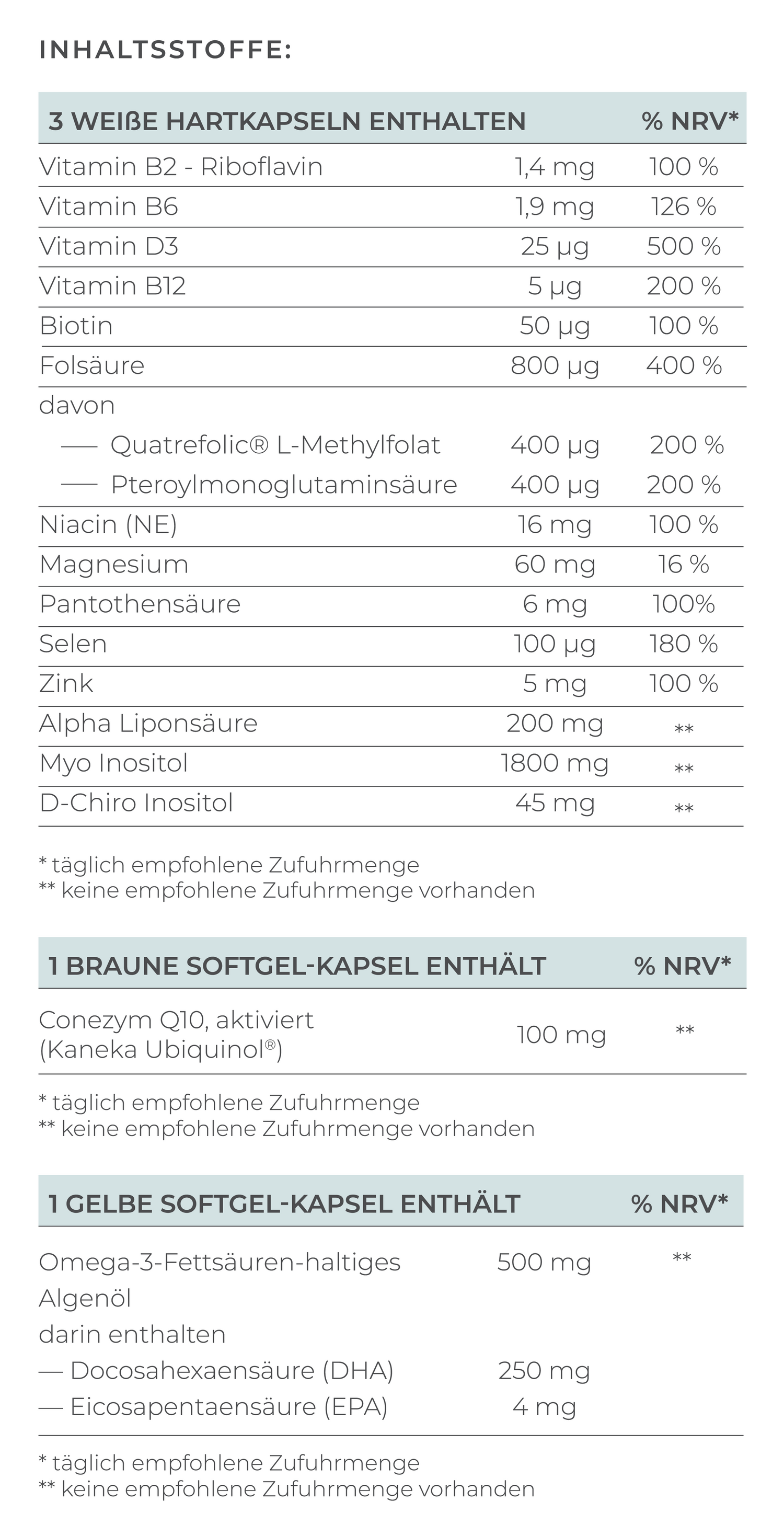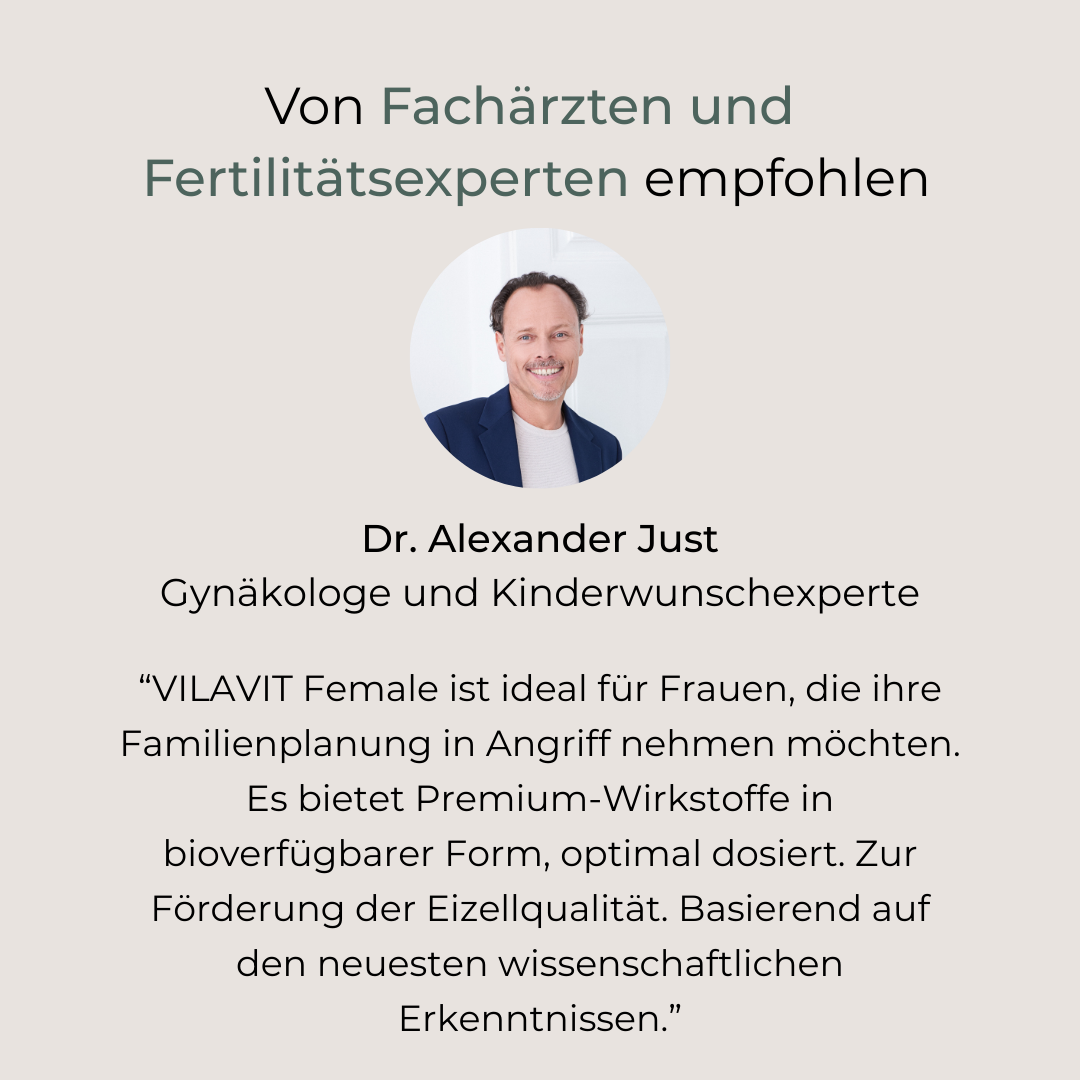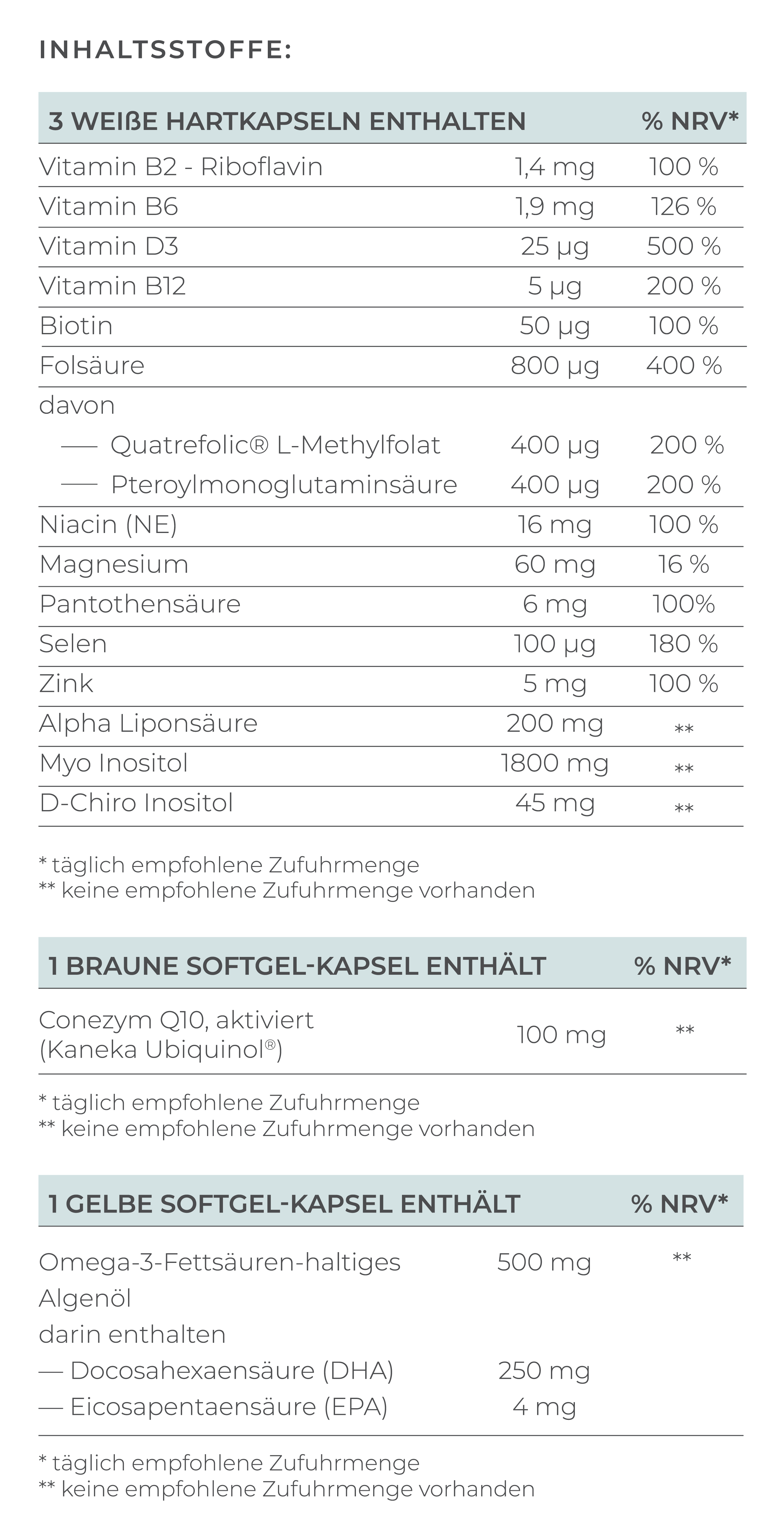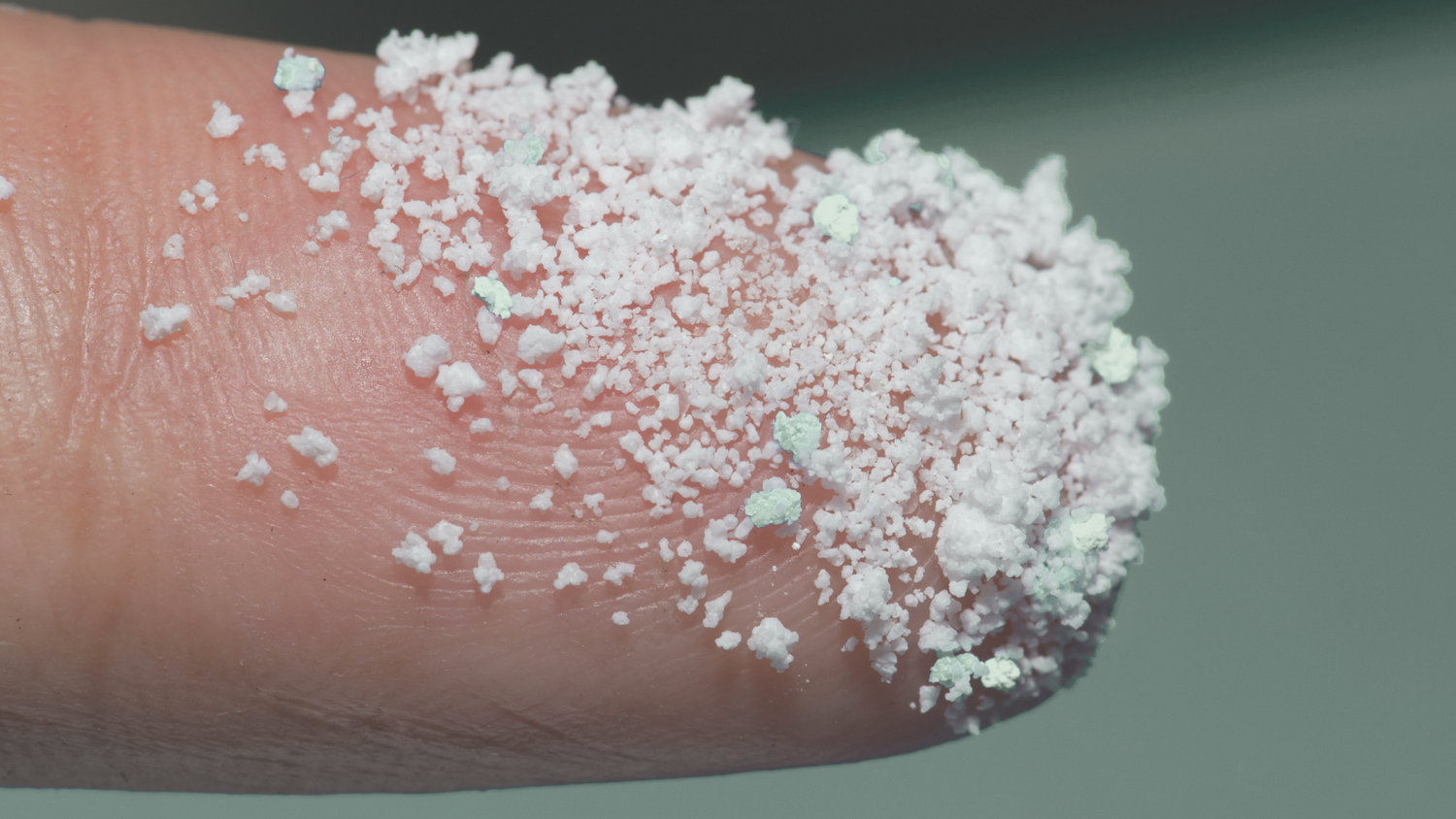The Most Important Points About Secondary Infertility:
-
Secondary infertility refers to the inability of a couple to become pregnant again after the birth of at least one child.
-
About 10% of all couples are affected by secondary infertility.
-
Common causes include age, infections, or anatomical problems, often as a result of the first birth.
-
Blocked fallopian tubes are the cause in 29% of women with an unfulfilled desire to have children.
-
Lifestyle changes, micronutrients, hormonal therapies, or fertility treatments can increase the chances of pregnancy.
An Unexpected Obstacle in the Desire for a Second Child
For couples who already have a child but are struggling to conceive again, secondary infertility is the term used.
In contrast to primary infertility or primary sterility, which refers to difficulty getting pregnant for the first time, secondary infertility affects couples who are already parents.
When the desire for a second child remains unfulfilled, secondary infertility can become a significant emotional challenge. It often occurs unexpectedly and can have a strong emotional impact on those affected.
What is Secondary Infertility?
Secondary infertility occurs when a couple has difficulty conceiving after the birth of at least one child. This is the case when, despite regular, unprotected intercourse for 12 months, no pregnancy occurs.
For women over 35, this period is shortened to 6 months.
How Common is Secondary Infertility?
Experts estimate that around 10% of all couples are affected by secondary infertility. (Cox, 2022).
Primary infertility, on the other hand, affects about 15% of all couples, with older women being significantly more affected than younger ones. (Messinis, 2016)
The Most Common Causes of Secondary Infertility
The causes of secondary infertility are varied and often multifactorial:
-
Infections: Infections of the reproductive tract can affect fertility. These include sexually transmitted diseases like chlamydia or gonorrhea, which can cause pelvic inflammatory disease (PID). Women who have had PID have a fivefold increased risk of being unable to conceive. (Jennings, 2023)
-
Immunological Causes: Autoimmune diseases can severely impact fertility and affect both the function of reproductive organs and successful pregnancy. For example, conditions like systemic lupus erythematosus or diabetes can lead to vasculitis, an inflammation of blood vessels that can impair fertility. (Carp, 2023)
-
Anatomical Problems: Changes in the uterus or fallopian tubes after a previous pregnancy or birth can lead to secondary infertility. This includes adhesions caused by cesarean sections, curettages, placenta issues, or other uterine surgeries. One study found that blocked fallopian tubes could be the reason for 29% of cases of secondary infertility. (Al Subhi, 2013) New fibroids or polyps can also prevent a second pregnancy.
-
Age of the Woman: Fertility in women decreases significantly with age, especially after the age of 35. The declining quality and quantity of eggs can also lead to secondary infertility.
-
Hormonal Disorders: A hormonal imbalance can affect the menstrual cycle and ovulation. Irregular ovulation can negatively impact the chances of a successful pregnancy. Polycystic ovary syndrome (PCOS), thyroid disorders, and hyperprolactinemia are common hormonal causes.
-
Male Factors: Changes in sperm quality and quantity can also contribute to secondary infertility. Potential causes that affect sperm production or sperm quality include varicocele (varicose veins in the testes), infections, and age- or lifestyle-related changes.
-
Lifestyle Factors: Overweight, smoking, excessive alcohol consumption, as well as stress and lack of sleep, can impair fertility. These factors may increase or persist after the first pregnancy.
Diagnosis of secondary infertility
The diagnosis begins with a comprehensive medical history of both partners. Specific diagnostic tests may include the following:
-
Hormonal Tests: Blood tests to determine hormone levels (FSH, LH, estrogen, progesterone, thyroid hormones, prolactin, anti-Müllerian hormone).
-
Imaging Tests: Ultrasound examinations to assess the uterus and ovaries, hysterosalpingosonography (HyCoSy) to check fallopian tube patency, and magnetic resonance imaging (MRI) if there are suspected deeper anatomical issues.
-
Semen Analysis: Measurement of sperm count and analysis of sperm quality (motility, morphology, vitality) in the male partner.
-
Immunological Tests: Tests for antibodies against sperm or phospholipids that may impair fertilization or implantation. The analysis of natural killer cells and cytokines can provide insight into potential immune reactions against the embryo. In some cases, HLA typing may also be useful.
-
Endometrial Biopsy: A small tissue sample of the uterine lining is taken (endometrial biopsy) to check for possible infections.
-
Laparoscopy: A minimally invasive procedure to directly examine the pelvic organs, particularly if endometriosis or adhesions are suspected.
-
Genetic Testing: If there is suspicion of genetic abnormalities that could affect fertility, genetic testing of both partners may be useful.
Treatment options for secondary infertility
The treatment of secondary infertility depends on the underlying cause:
-
Medications: For hormonal disorders, medications such as clomiphene, letrozole, or gonadotropins can induce ovulation. Metformin can be helpful for PCOS.
-
Surgical Procedures: Laparoscopic surgeries to remove endometriosis lesions or adhesions, myomectomy to remove uterine fibroids.
-
Intrauterine Insemination (IUI): A technique where processed sperm are directly introduced into the uterus to increase the chances of fertilization.
-
In Vitro Fertilization (IVF): For more severe cases where other treatments have been unsuccessful, IVF can be used. This involves fertilizing eggs outside the body and transferring the embryos into the uterus.
-
Intracytoplasmic Sperm Injection (ICSI): A special form of IVF where a single sperm is injected directly into an egg. ICSI is often used 1 in cases of severe male infertility.
-
Lifestyle Changes: Weight loss, healthy diet, smoking cessation, reduced alcohol consumption, and stress management can improve fertility.
-
Micronutrients: Taking fertility supplements to support egg and sperm quality. Scientific studies have shown positive effects on sperm count, sperm shape and motility, as well as on follicle maturation and embryo quality. VILAVIT Female and VILAVIT Male contain all the necessary active ingredients in optimal dosages.
Cox et al. Infertility prevalence and the methods of estimation from 1990 to 2021: a systematic review and meta-analysis. ESHRE. Human Reproduction, 2022.
Jennings et al. Pelvic Inflammatory Disease. Stat Pearls, 2023.
Carp et al. The autoimmune bases of infertility and pregnancy loss. Journal of Autoimmunity, 2012.








